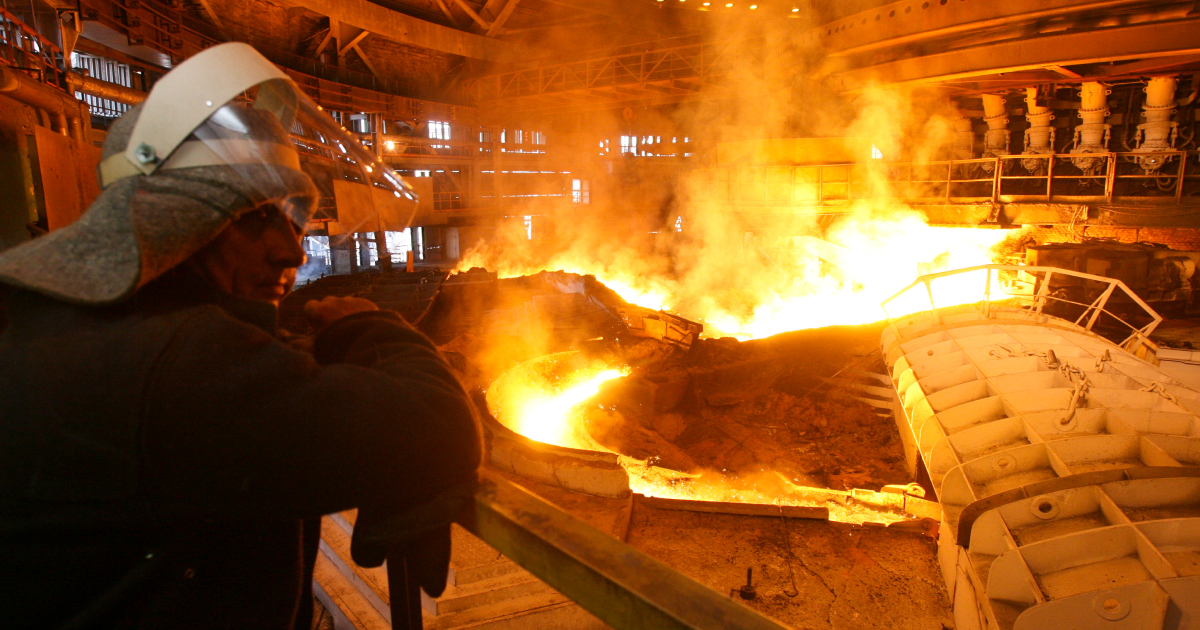
News Global Market China 2698 25 April 2023
Excess steelmaking capacity remains a problem for the country
Visible consumption of steel in China in 2023 is likely to amount to 960 million tons. Such a forecast was announced at a specialized conference in Shanghai by Zhang Qiusheng, chief analyst and senior engineer of Nanjing Iron&Steel steel company, informs SteelOrbis.
In 2022, the apparent consumption of steel in the country, the expert noted, will reach 910 million tons. Excess capacity remains a serious problem for China. The level of Chinese steelmaking capacity is expected to reach 1.25 billion tonnes this year. The authorities intend to control the level of their utilization, in addition to the introduction of production limits for the steel industry, which should affect prices through regulation of supply.
China’s steel demand improved in the first three months of 2023, and this year-on-year trend is likely to continue during 2023, Zhang Qiusheng noted. Average steel prices, according to the expert, reached their peak in March, and he predicts the next one for November-December 2023. In general, during the current year, prices will fluctuate between 300-400 yuan ($43.6-58).
As GMK Center reported earlier, China in January-March 2023 increased production of steel by 6.1% compared to the same period in 2022 – up to 261.56 million tons. In March, Chinese steelmakers produced 95.73 million tons of steel, which is 6.9% more than in March last year. The growth of steel production at key steel enterprises is somewhat higher than the average level. This indicates faster production growth at large steel plants. In particular, the indicator increased by 7.03% – up to 73.9 million tons in March, and by 6.98% in January-March.
Also, China intends to publish a plan that requires local steel producers to ensure that production this year does not exceed the level of 2022 (1.018 billion tons). The move, expected by the end of April, reflects officials’ concerns about weak demand for steel, but the sources said it does not require drastic cuts of specific percentages. The restriction can have a positive effect on prices by reducing excess supply, but will increase the pressure on steel mills.




